Hey Girlfriend!: Kylie Timpani
I’m super excited for this month’s Hey Girlfriend! interview. I’m interviewing Kylie Timpani, a lovely friend of mine whom I met in Perth, and she shares some great insights on design and current diversity issues in tech.
Kylie is the Senior Designer at Perth digital agency, Humaan. She’s a sucker for thoughtful design that balances form and function with ease. Kylie is big into giving back to the design community and does so by mentoring new designers and co-organising Mixin Conference. She regularly posts her work on Dribbble, tweets nonsense on Twitter, and writes bit and pieces about work and life on Medium (soon to be way way way more regular!).
In her spare time, Kylie is embracing the well-intentioned snickering from 10 year olds at the skatepark with the hope of one day becoming a pro skateboarder. She’s a lover of the outdoors, an enthusiastic lover of potatoes and a huge, huge fan of Charmed (don’t talk to her about the reboot though).
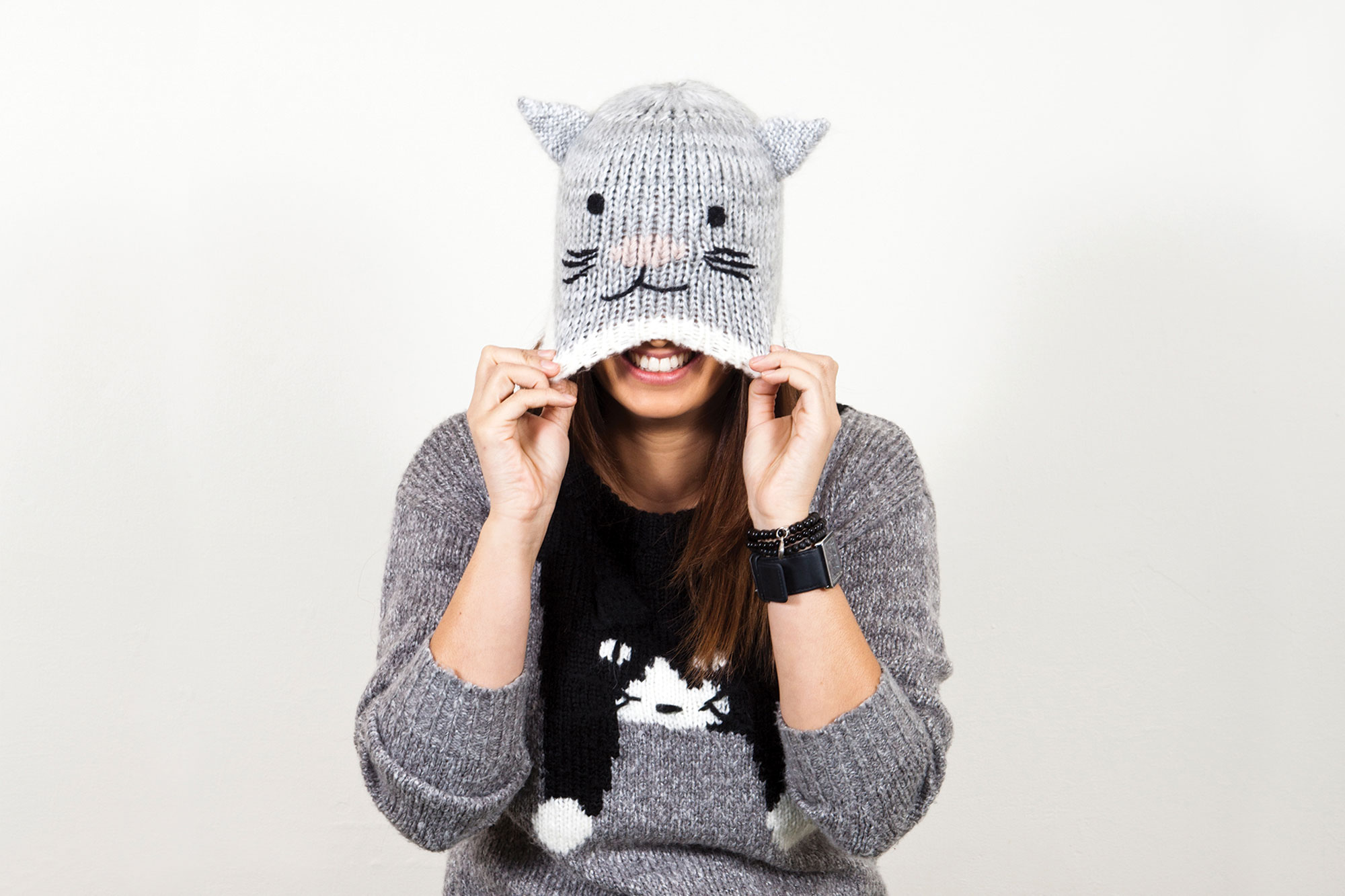
Hi Kylie! Thank you so much for agreeing to do this interview! Can I just say I’m having a lot of fun hovering over the links on your website and watching the emoji change, haha.
Of course, thanks for asking me!
Haha – good to hear! It took me so long to do that so I’m glad you appreciate it. Who knew choosing the perfect emoji.. emojii…?… could be so hard! But aha! — have you found mic-dropping Obama yet?
Have you always lived in Perth? I know you love travelling – is there anywhere you have lived in, or would consider living in, for an extended period of time?
I haven’t! I moved to Perth when I was 18. Before that I was born and raised in Bunbury, a small coastal town in the South West pocket of Australia.
Besides home, there are a bunch of places I’d like to live. San Francisco because I’ve been obsessed with it since Charmed; Orange County because the design scene looks so good there and for the skate and surf culture; The Philippines and Italy to get to know my heritage and family on a deeper level; and Mexico so I can have immediate access to delicious food at all times and say “porque no los dos” for real.
I’d definitely like to move back home or somewhere similar like Dunsborough or Yallingup to live for a while. The lifestyle is very suited to my personality: outdoorsy, laid back, slow paced and a little bit quirky.
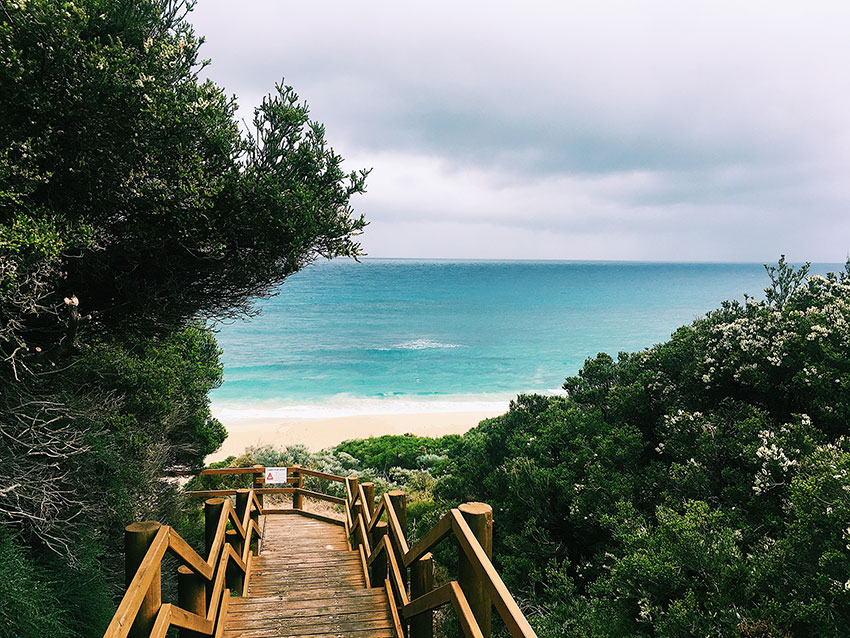
Most of us know that design is very broad and the word itself incorporates a handful of mediums and different types of work. What does your work fall under? And thinking more about what your work doesn’t fall under, are there other kinds of design work that you are open to learning more about or like to dabble in?
Broadly speaking, I design digital interfaces for people. What these interfaces are vary from project to project, as do their purposes. One day I could be designing a website where its purpose is to communicate a brand message and other times I could be designing a tool — like an app — where its purpose is to help people achieve a goal.
Because the output can be so varied, at more granular points in my process I borrow from other design disciplines which are careers and specialisations all on their own. User experience design, content design, communication design, motion design, visual design, icon design… they are just some of the individual disciplines that make up my work as a whole.
Technically, you could say that I work with a digital medium but there is strong part of me that can’t help but feel at odds with this. You can probably blame my Arts and Humanities background for this! The goal of my work is to enact some sort of action or thought in the physical real-world. In order to do this I need to consider physical real-world environments, scenarios and experiences. So much so that I design for these things. In this case, is the medium really digital or is the medium actually the experience? The same could apply to any other creative field with an audience, really.
As for other kinds of design work, I’d actually just love to explore design that sits way, waaay far away from what I do now. As my day to day work is ephemeral in nature, it’d be nice to make something that felt more permanent or long lasting. Furniture design (chairs in particular), watch design and architecture all tickle my fancy.
You work for Humaan, a digital agency in Perth. It seems to be the place to work at in Perth. What qualities makes Humaan feel like a family and like a second home?
There are so many things!
I have enjoyed working at Humaan from the day I started where I experienced a warmth and friendliness I hadn’t experienced anywhere else in the past. Instead of taking my usual few weeks to reach even a minimal level of comfort, it was almost instant. And even though I felt way out of my depth in my early days, I felt so supported and respected by my new co-workers that my confidence and the quality of my work elevated quite quickly. This hasn’t stopped since and as I’ve grown to build strong relationships within Humaan, it’s only been amplified.
I think this comes across in the work that we produce. You can see a strong collaborative effort, underpinned by a care and respect for what we do as a whole and what we all do individually. Because our work is the most visible representation of us, I believe it’s how many people draw their conclusions of what it’s like to actually be a Humaan.
The other thing that I enjoy about Humaan is that our team is so diverse on so many different levels. There are two reasons why this is the best. Firstly, the perspectives we all bring to projects are so rich and varied that I learn a lot from them and secondly, it never actually seems to matter all that much! What I mean by the latter is that despite our differences there is a strong sense of equality and with that, a great ease in finding common ground where you wouldn’t expect it. You only have to take a look at all of our extracurricular activities to notice this! (fitness club, plant club, book club, skate club, board game club, pot painting club…)
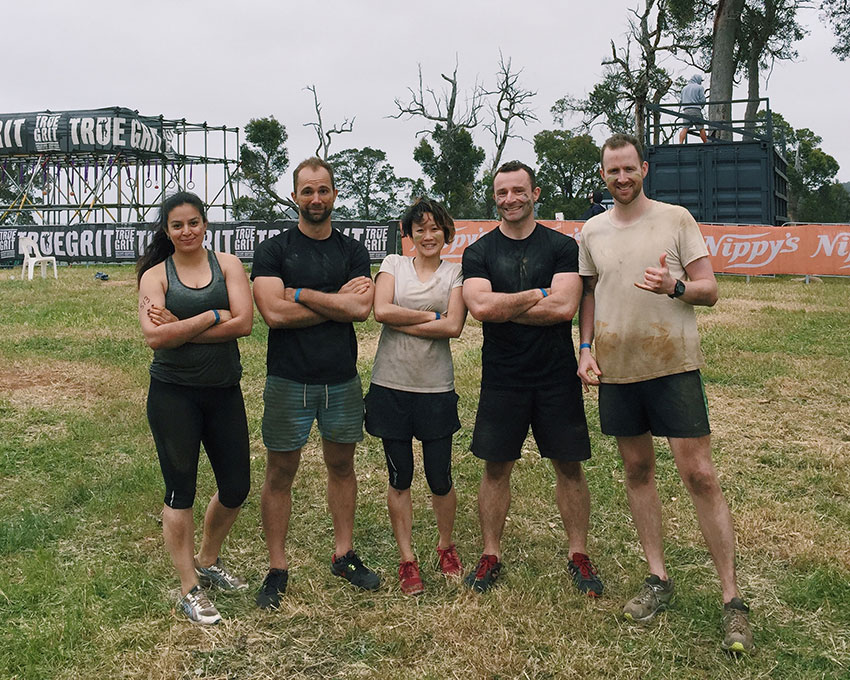
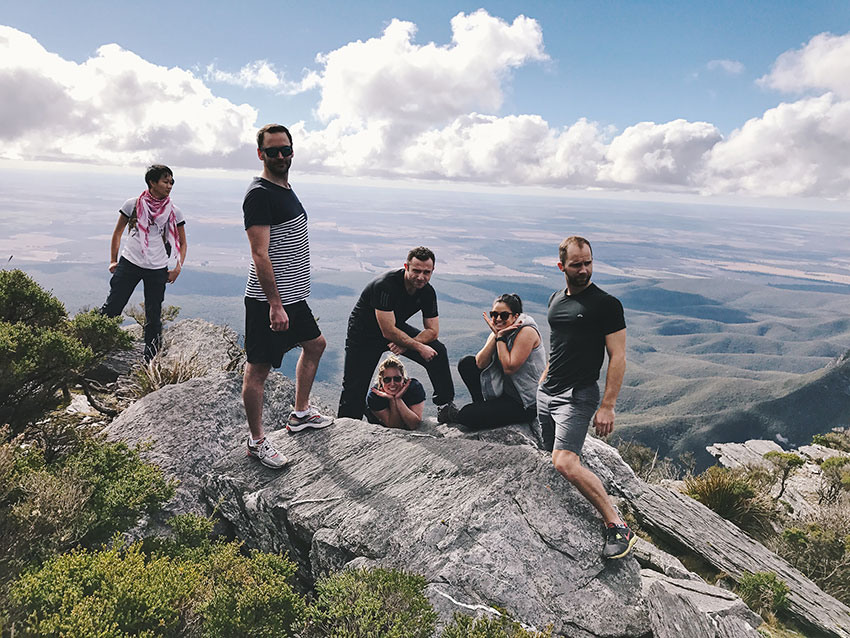
As a designer, understandably you would need to meet the needs of clients and have experiences with different design styles, but how would you describe your own style – what screams “Kylie!” and how do you incorporate your personality into your work?
To be honest, I try not to. In the early days of my career I worried a lot about style. I would look at so much amazing work and try really hard to be just like it. I found projects difficult to get through and was never satisfied with the end result.
Once realised that I was designing for myself instead of designing for the project/user/client/problem, things got easier. My focus shifted from “how do I make this look as good as these other things” to “how do I do the best possible thing for this project”.
Of course, out of this, I became quite distressed about how varied and disconnected my portfolio looked. My work didn’t have a common thread and I definitely don’t think anyone could have pointed my work out as distinctively mine.
Did I look unfocused?
Did I lack polish?
Am I a hit or miss risk?
People hire based on style. Would I miss out?
Raaaaaaaaaaah!
It was only after a new employer commented that the diversity in my portfolio was a good thing did I begin to really believe in what I was doing. Where I saw messy, he saw a strong level of adaptability.
After that, I adopted no-style as my style.
These days, I hardly think about style in the traditional sense and the thought of injecting my own personality into my work doesn’t even cross my mind. Every time I start a new project, I have no idea how it’s going to turn out in the end. It could look like something I’ve done before, it could be completely different. That’s exciting to me and makes me feel like I’m making the best impact that I can as a designer.

There are a lot of design trends that make their way into popularity. Skeumorphism, flat design, “the blob”, brutalism, to name a few. (Personally, I am not very well versed in what’s considered a trend or not!) When these trends become popular do you ever play around with them and try to put your own spin on it, do you write some of them off as not really being your thing, or do some of them become a permanent inspiration for your work?
I’ll generally write them off but there have been occasions where I’ve seriously considered a trend because it felt like it had some substance. In those cases I’ll definitely have a play. Flat design is prime example of such an instance. When it became popular, it felt more like a substantiated reaction to the changes and progressions in technology, rather than some flippant aesthetic hotness. It’s in instances like this when trends become a permanent inspiration for me. Otherwise, I know they’ll likely come and go.
I have to admit though, I was… and am… a sucker for an exploded grid.
You don’t write a lot of articles or blog posts but have goals to do it more regularly. What is it about writing that has helped you and made you want to write more?
Writing is something that I have always loved doing.
Before I even considered design, I was an English major on the path to becoming a journalist with the hopes to write for a living! Unfortunately that never happened and when I started in design I got so swept up in the excitement of something new that I accidentally abandoned writing all together.
It was only until a side project of mine called Two In Fifty Two (2015), did I rediscover writing. I was required to write one blog post a week for an entire year and even though it was extremely challenging it scratched an itch that hasn’t stopped itching since (is that even a saying?!).
Two in Fifty Two reminded me that writing helps to bring order to my brain’s chaos; it reminded me of the confidence I have when I write; it reminded me that I’m a better communicator than I let myself believe; and it reminded me that it can be an incredible professional, creative and emotional release for me.
I’d like these feelings to be consistent in my life and the only way that way I can see that happening is to nurture a healthy writing habit. This year I’ve written more than I have in the past two years and it feels amazing.
You’ve been to a few conferences, as well as organising Mixin Conference in 2016. Have they mostly been design-oriented? In your opinion, how do you think one finds a conference that is a good fit for them, that they can benefit from?
Conferences are so bloody great! Besides my own, I’ve only ever been to Semi-Permanent and Web Directions. Neither of them are only about design, but they do have a strong creative and design element to them. I feel like I would be quite fatigued by a design-only conference but I’d always be willing to give it a shot! I could be surprised!
When it comes to finding a conference for yourself, besides doing the obvious research, I think there are two way you could go about it:
One. If a conference has been running for a while, I’d take a look at the previous years’ talks as well as the current schedule of talks. Then, decide if you’re looking to be provoked, challenged or affirmed. Compare what you decide with the talks they’ve had on offer in the past and the talks that are upcoming. If the talks gel with what you’re hoping to get from a conference then amazing! But if not, you’re probably okay to give it a miss. Forget fomo because conference fomo is expensive.
Two. Investigate the culture of the conference you’re eyeing off. Look into things like its social media, its speakers, what their social events are and what kind of audience they attract. The conferences I’ve attended have all had a strong social element to them and I’ve found that I can get as much, if not more, from the social interactions than I do from the scheduled content. While attending conferences, I’ve met a varied range of people that I wouldn’t have usually had the opportunity to meet. From these meetings, I’ve made connections and had rich and passionate conversations that have left me thinking, inspired and confident. If a conference looks like it will be able to deliver the possibility for these sorts of connections to take place, and that’s what you’re after, then you’ve found a conference for you.
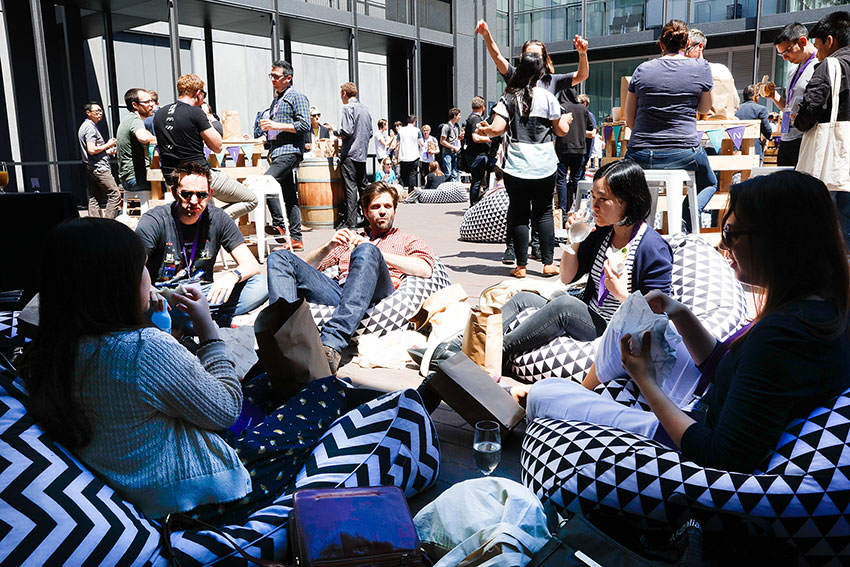
Will Mixin be returning in 2018? 😉 Any sneaky information you are allowed to reveal yet?
Let’s just say that myself and the Mixin team have been hanging out a little bit lately! Stay tuned.
The technology industry is slowly becoming more inclusive – people are becoming more open about their sexual orientation/preference, and conference organisers and companies are open to recruiting people regardless of their gender or sexual orientation. Are these substantial changes, or do you think a lot more needs to be done?
I think the openness that those like myself are experiencing is substantial. But for conferences and organisers, do I think they’re substantial changes? Excluding a small handful, no, I don’t think so. Not yet, anyway.
Simply recruiting isn’t enough to be considered ‘substantial’. It should have been that way to begin with, you know? That’s simply doing the bare minimum. It’s filling a gap that went ignored previously. On purpose. Sure, it’s a step in the right direction but otherwise, it’s merely a celebration of mediocrity.
Inclusion should flow at a much deeper and intrinsic level than that. For both workplaces and conferences, inclusion doesn’t stop at recruiting. It’s not enough to simply tick a box that says “inclusive” and call it a day. Recruiting people of varying sexual orientations and gender identities requires you to ensure that the environment you’re inviting them into is both supportive and safe. Strong, empathetic and inclusive values need to permeate every part of your organisation. Employees, attendees, clients, partners — they all need to be on board.
I wasn’t there, but judging by the reports and photos, CSSConfAU did a fantastic job this year of putting in the hard yards to ensure an inclusive conference beyond simply recruiting diverse speakers.
https://twitter.com/IvanaMcConnell/status/975891968654942209
… And you know what, this is only scratching the tip of the iceberg! Beyond sexual orientation and gender, there are plenty of people from different racial, socio-economic, educational, experience, ethnic, and religious backgrounds who also need to be included and considered in exactly the same way.
That’s when we get substantial.
When you’re part of a minority, it can be hard or uncomfortable being open about your sexuality, depending on the people around you or the environment you are in. Some people are open from the get-go, their online presence often expressive of this, while others wait until the topic comes into conversation and drop a bit of a reveal when they feel it is the right time. The definition of “being open” can also vary from person to person. Can you share what your feelings are behind this?
It’s taken a long time for me to be completely open about my sexuality. Partly because I always thought it was the least interesting thing about me and partly because yeah, you just don’t know how people are going to react so you protect yourself.
Because of these two reasons, I’m definitely one of those people who drops a casual reveal only when I’m ready to. Being ready is usually synonymous with feeling safe and supported.
That feeling of support and safety can come from a variety of areas but to speak directly to this question, safety is found in numbers. Seeing and hearing people who I identify with express openly about their sexuality, and seeing them do so safely and publicly helps me to be more open. Becoming aware of this has helped me to find the courage to be more open and expressive because I’ve realised that my voice helps to give a voice to someone else, just like someone else’s voice gave me a voice. I feel like it’s my duty to carry this on.
For this reason, visibility is important. Ensuring that there are safe spaces for this sort of visibility to flourish, and for these voices to be heard, is beneficial to everyone. Whether that’s in workplaces, on a conference stage, amongst community groups or on social media.
International Women’s Day took place at the beginning of this month. What do you think are some of the best ways both women and men can ensure that women get the recognition they deserve for their hard work and efforts?
Encourage, support and amplify them. Seriously, that’s all it takes.
If you’ve found some success, use it lift up those around you. Let them know you think they’re amazing. Share their work. Recommend them for jobs and to conferences. Offer guidance if its needed. Collaborate with them. Do anything.
If you’re still finding your own way, I still say do the above.
By nature and as a rule, I don’t look at anyone as competition. Instead, everyone around me are my future collaborators, my muses, my accountability buddies, my inspirations. And guess what, all of that takes no effort at all.
Amplifying the people around you doesn’t diminish you or your own work. In fact, I think it makes it shine all that much brighter.
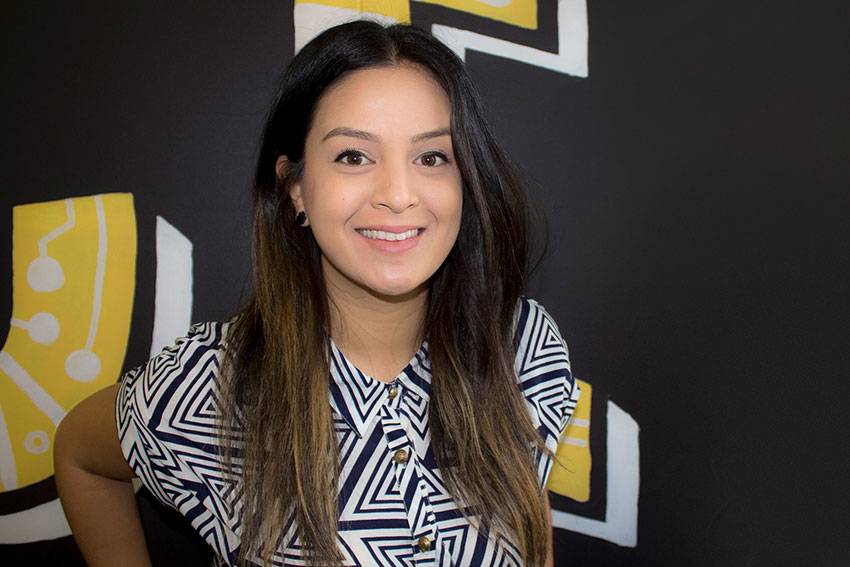
Can you share your reasons and journey to becoming vegetarian?
I’m absolutely terrified by the thought of climate change and I was mortified to learn that so much of the way that I lived contributed to it. I seriously thought, “if I was scared of spiders, I wouldn’t go and get a pet spider. So, if I’m so scared of climate change, why am I mindlessly contributing to it?”.
At that point, I decided to live a more intentional life; one where I considered the impact of my actions and tried to maximise my contribution to protecting the planet. A few immediate changes came from that. I reduced my energy consumption as much as I could, I minimised my use and purchase of single-use plastics, I started helping out with rubbish-cleanups (please stop using plastic straws, people), I became more vigilant about recycling, I stopped wasting the food in my weekly grocery-shop and, eventually, I became vegetarian.
Since then, a change in circumstances finally forced me to give up using my car on weekdays (something I had been struggling to let go of) and I’m making more effort to ensure that my purchases are ethically produced and avoid creating excessive amounts of waste.
It takes a little bit of effort, but it’s actually quite easy. It’s worth it for me and hopefully for the planet. 😄
A massive thank you to Kylie for her insightful answers. 🤩 You can find Kylie’s design work on Dribbble, or her writing on Medium. You will also find her screaming into the Twitter void, and you can certainly search for mic-dropping Obama on her website.
Check out the Mixin website and stay tuned for updates on Mixin 2018. 🎤
Comments on this post
Kenny
I enjoyed reading the interview. I, myself, am the opposite of Kylie. I have a writing background, but I dabbled in design here and there. At this point though, I’m struggling enough just to write, heh.
Jane
I found mic-dropping Obama! I perused her website before I even finished reading her answer to the first question. 😅
I know I don’t usually comment on these (I read and continue on), but this is probably my favorite interview you’ve ever done (including mine).
Personally, I always get super excited when 1) a non-straight gal pal is a web designer and 2) passionate about diversity. In terms of openness with sexuality, I relate a lot. Just last year, I was in this odd, hot-seated, but I don’t want this position, but also fed-up? I understand the braveness that needs to exist in order for someone to be open about a quality of theirs that makes them different from the majority—if not because of my sexuality, then because I’m autistic.
I’m not a designer, but ugh…as much as I hate it, I keep getting pulled back. I love how I can make art by telling a computer what to do. I write, sure, but to me, coding is a lot like dance, or another form of writing, and I can’t stay away. Every time I think I’m done with it, I’m doing it again.
The idea of continuing makes me feel like this is gonna turn cheesy fast, so…to wrap up this comment: Seeing a fellow woman who isn’t straight and is owning it in a tech industry—or even just in making a difference in the world—feels really good. Like, if she can do it, maybe I can, too—regardless of my unpopular differences, or perhaps even because of them.
Thanks, Georgie!